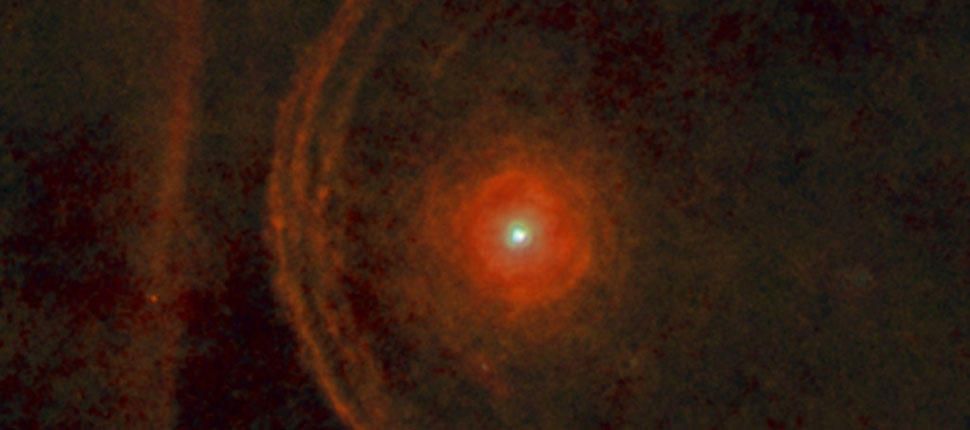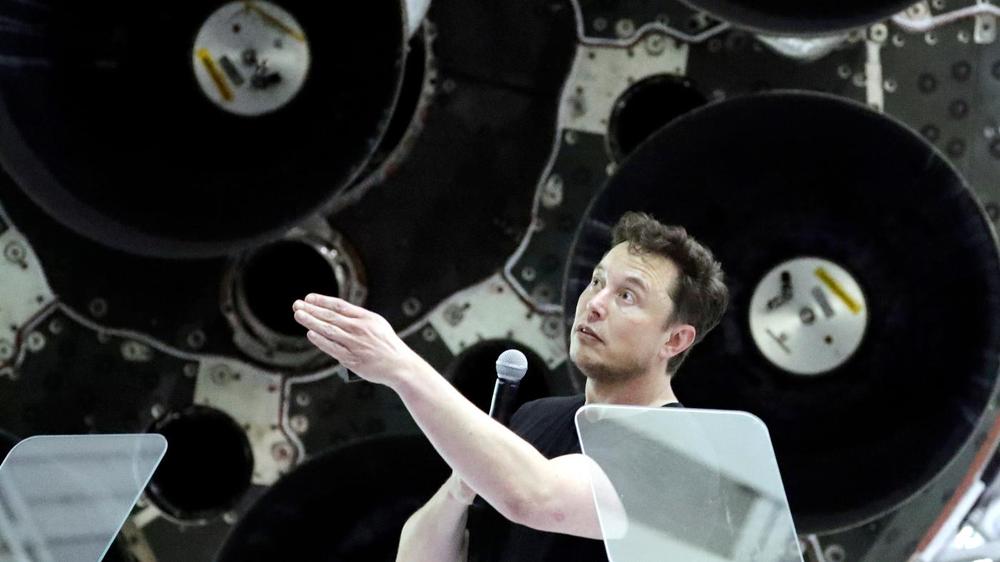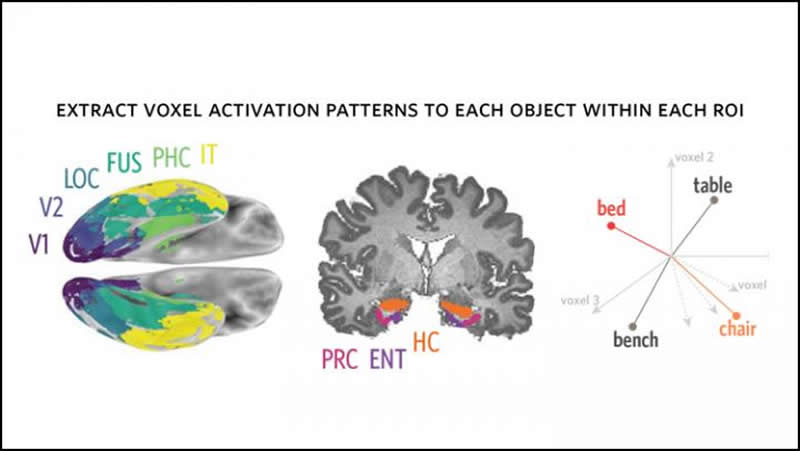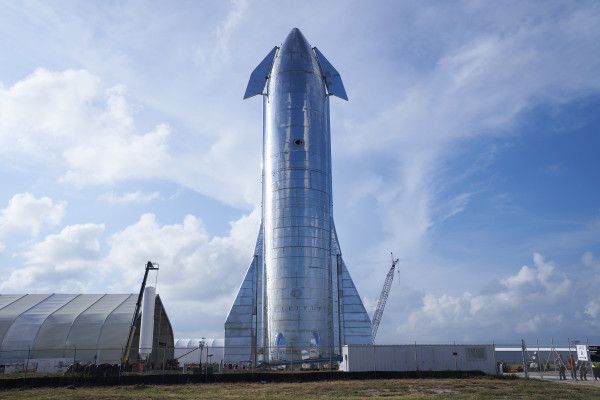There may be as many as 80,000 American prisoners currently locked-up in a SHU, or segregated housing unit. Solitary confinement in a SHU can cause irreversible psychological effects in as little as 15 days. Here’s what social isolation does to your brain, and why it should be considered torture.
There’s no universal definition for solitary confinement, but the United Nations describes it as any regime where an inmate is held in isolation from others, except guards, for at least 22 hours a day. Some jurisdictions allow prisoners out of their cells for one hour of solitary exercise each day. But meaningful contact with others is typically reduced to a bare minimum. Prisoners are also intentionally deprived of stimulus; available stimuli and the fleetingly rare social contacts are rarely chosen by the prisoners, and are are typically monotonous and inconsiderate of their needs.









